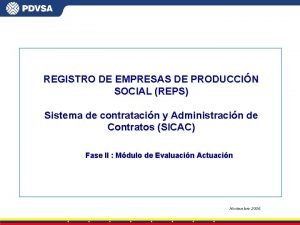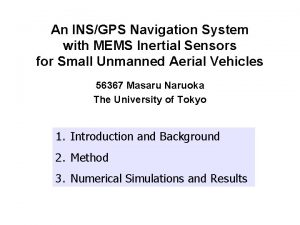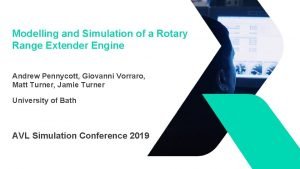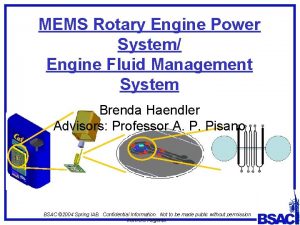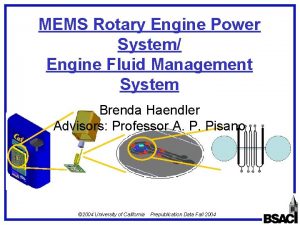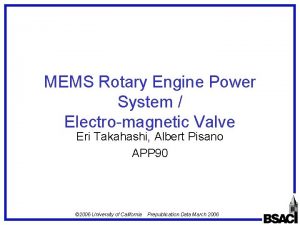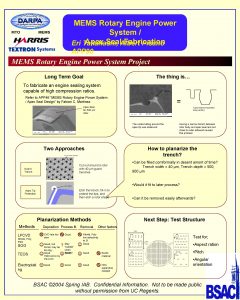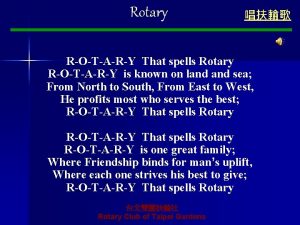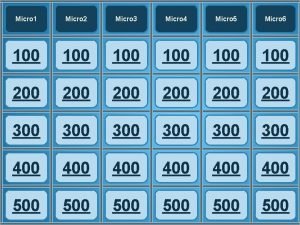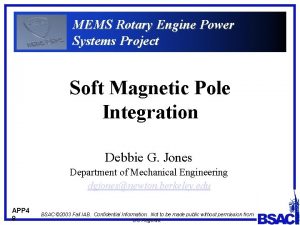MEMS Rotary Engine Power System MEMS REPS Micro








- Slides: 8

MEMS Rotary Engine Power System (MEMS REPS) Micro Power Generation Prof. Albert (“Al”) P. Pisano Dr. David C. Walther APP 43 © 2005 University of California Prepublication Data Spring 2005

System Integration The goal of the MEMS Rotary Engine Power System (MEMS REPS) is to develop an autonomous, commercially viable, portable power system based on an integrated power generator and rotary internal combustion engine. This system is designed to leverage the specific energy of liquid hydrocarbon fuels and deliver a continuous power output of 100 m. W. © 2005 University of California Prepublication Data Spring 2005

Fuel Management Fuel/air intake integration design in LTCC. The pressure response for flow of water in a 133 um microchannel, at 100 degrees Celsius. A discrete Fourier transform is performed on the data and the amplitude of the results plotted on the right. © 2005 University of California Prepublication Data Spring 2005

Magnetic Pole Integration © 2005 University of California Prepublication Data Spring 2005

Engine Fabrication Current DRIE recipe results in up to 400µm of striation-free sidewalls 400µm © 2005 University of California Prepublication Data Spring 2005

Engine Assembly © 2005 University of California Prepublication Data Spring 2005

Integrated Generator Open circuit generator voltage output at ~677 Hz Generator components made from steel laminations © 2005 University of California Power output vs. load. Circles indicate data points, crosses indicate data points scaled by frequency, and the solid line is the value predicted by a simple circuit model Prepublication Data Spring 2005

Thermal Packaging Assembled Generator Components Fired LTCC tube Adhesives Added for Sealing Unfired LTCC Cover Plate © 2005 University of California Prepublication Data Spring 2005



